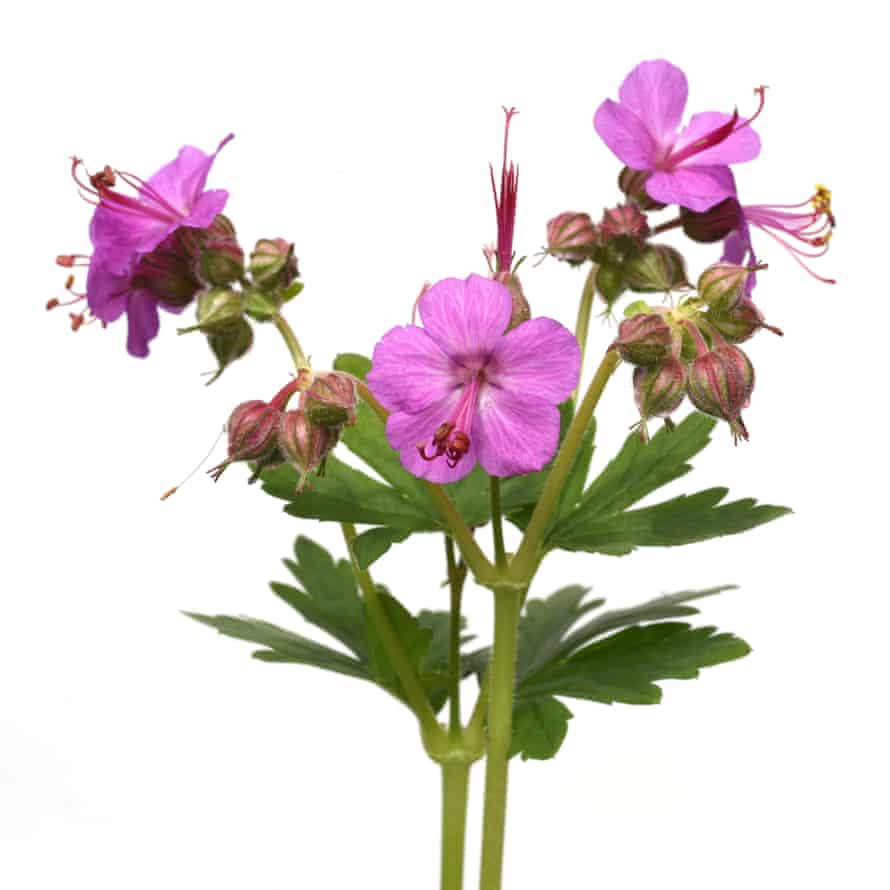
I have inherited quite the privet hedge in my garden in Wales. It’s over four metres high and waving its arms all over the place. Several elders have snuck in to enjoy the party, so it sort of looms over the garden. My first thought was to reduce it in height and width – until my neighbour made it clear I wasn’t to touch the top. I stomped about muttering “mine” and “ridiculous”, but we won’t fall out over a hedge. I just need a new plan.
Many hedges that aren’t pruned properly end up with unsightly “legs”, which is what’s happened to mine. My neighbour loves it because he gets the top (his garden’s higher than mine); I don’t because I get the feet. The good thing about privet, Ligustrum, is that it regenerates well from old wood, but the bottom won’t thicken out until it gets more light and the vertical growth tips are pruned.
You can pretty much chop a privet back to the base and it will come back with time. All I can do this summer is nudge the sides back into shape and consider what’s going on at its base.
The bottom of any hedge is notoriously dry and often shady. The worst is a leylandii hedge, which creates dusty, dry shade that nothing likes. If you have one of these, your best bet is pots, perhaps with climbing nasturtiums: these will enjoy climbing up the hedge no end. If, however, you have a deciduous hedge or one with a lifted canopy that allows a little more light in, here are a few options:
Sweet woodruff
This flowering perennial will in time spread, and smells delicious – hay-like with a heavy note of vanilla.
Ferns
Several ferns grow in deciduous shade. Some of the best are native ones, such as hart’s tongue fern, Asplenium scolopendrium; golden male fern, Dryopteris affinis, and common male fern, Dryopteris filix-mas, which is tough and grows to 60cm tall.
Geranium
Geranium macrorrhizum is pretty bomb-proof. ‘Mount Olympus White’ is lovely, with scented flowers all summer and, once established, works well as ground cover. ‘Pindus’ is similar, with reddish-pink flowers.
Rusty foxglove
Digitalis ferruginea is tall enough, at 120cm, to command attention and flowers from June to July. But it may need additional compost, regular watering and yearly mulching.
Aspidistra
Most people think of these as houseplants, but in a sheltered spot they do well outside, and survive the sort of dry shade little else will tolerate.



